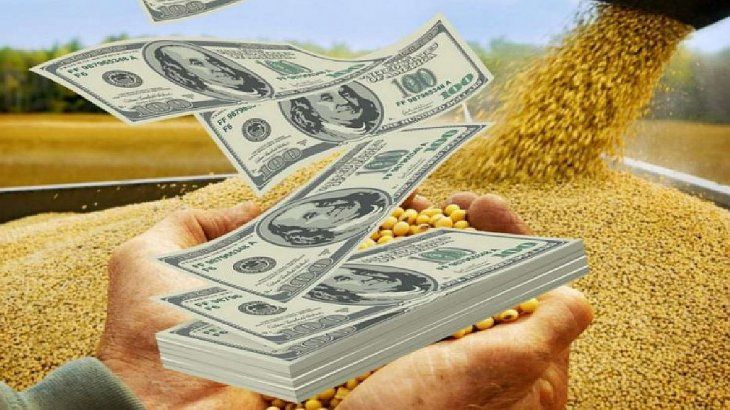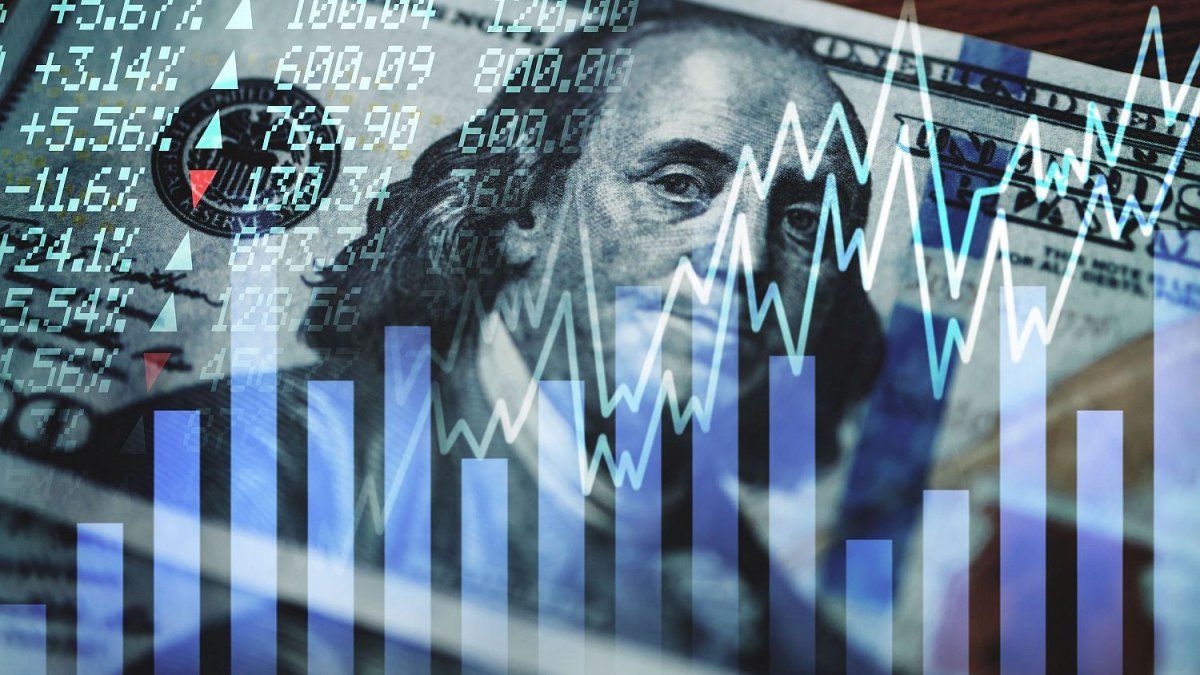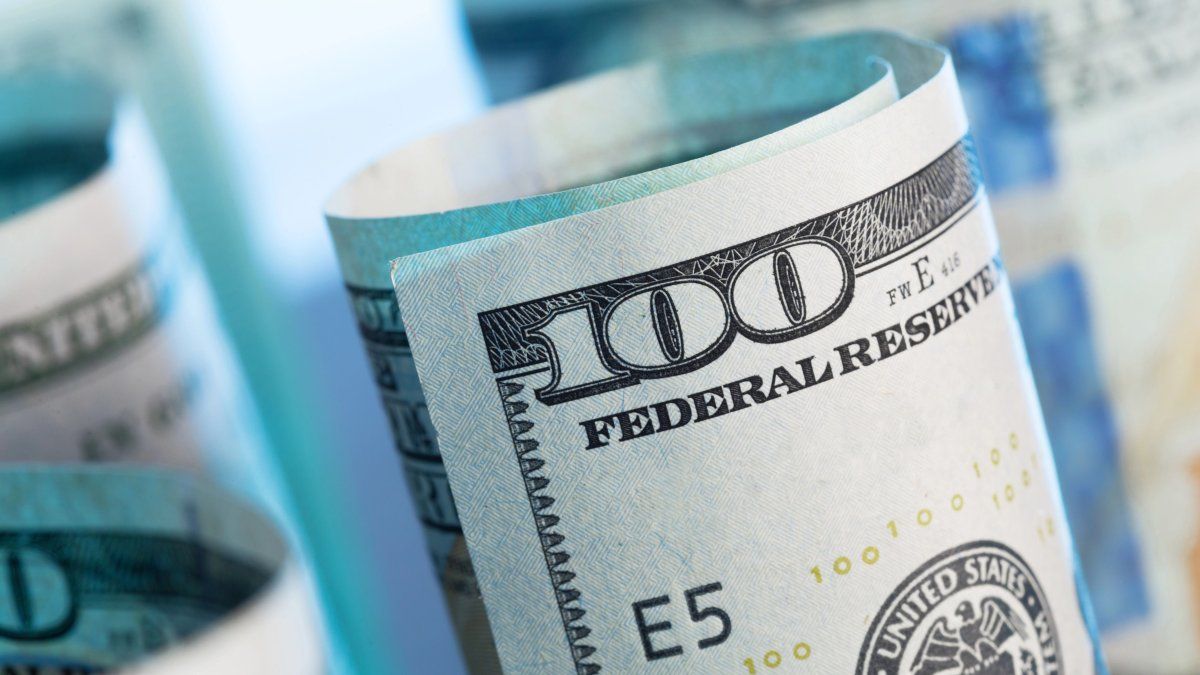Regarding political factors, Anzalone assures that there is a kind of snowball full of uncertainty, “not only because of what is going to happen with the Bases law and the fiscal package in the Chamber of Deputiesbut there are beginning to be some differences regarding the economic direction in the medium term.”
“Promptly, I think the market is demanding some path that has to do with what is going to happen with the stockswith the exchange restrictions, because until then, what is going to happen with the exchange restrictions, if we are going to get out of the stocks or not, how are we going to get out,” warns the economist.
For Martin MazzaDirector of MM Investments, the recent rise of blue “It is mainly due to the coverage due to the short week of holidays and the greater demand when reopening operations.” For the expert, there is a “relative lag of the price of the dollar compared to inflation”, while “negative real interest rates encourage dollarization“.
Late exchange rate?
He Institute for Social, Economic and Citizen Policy Research (ISEPCI), has a similar view on the matter by pointing out that if inflation does not do well and does not meet the reduction objectives, “under this monthly devaluation scheme fixed at 2%, doubts about the competitiveness of the exchange rate will be bigger and bigger,” he says.
“Until then, monthly inflation will not match the devaluation rate, the currency continues to appreciate, as observed in the multilateral real exchange rate index,” he adds.
But the outlook is not encouraging, even recognizing the need to re-honor the value of the dollar, with all the consequences that this implies, and about which the economic team has been showing resistance. In summary, the success of the fiscal policy, which would guarantee success in reducing inflation, is, consequently, the success of the planned exchange rate scheme. “What would happen if any of these gears don’t fit?” ISEPCI asks.
In this context, it also presses the lower foreign exchange settlement by the field, which does not allow the BCRA to add the dollars it needs. Among the reasons for not speeding up sales, according to the economist Federico Zirulnikthere is the promise of Javier Milei of a possible elimination of withholdings for the sector.
In this regard, the economist Pablo Ferrari shares with Ámbito that, The IMF is pushing for a devaluation because last December’s devaluation was covered by inflation. and is pushing it for June around $1,150. What does this mean? That the Government would have to put the accelerator on, something it is not willing to do reasonably, “because inflation would skyrocket,” he comments.
Dollar MEP and CCL
The Government insists that it will maintain the “crawling peg” at 2%, at least until a new agreement with the IMF is renegotiated. “Comments persist about the supposed exchange delay, ending of the blend dollar (liquidation of 80% in the official market, and 20% in the financial market), despite the fact that all this was officially denied. The concern remains and in a market boy like blue, any change in trend impacts prices. There is less supply and greater demand,” he analyzes. Gustavo Quintana.
“While the fixed crawl rate – currently at 2% per month – helped anchor inflation after the large devaluation, the authorities will adjust exchange rate policy over time to move in a more flexible manner, in order to better reflect fundamentals and safeguard an improvement in reserve coverage,” the agency’s technicians noted in the report of the eighth review of the extended facilities program.
dollar blue rise investments finance vivo.jpg
Market projections for the blue dollar in the final stretch of June.
Depositphotos
In this context, the lower foreign exchange settlement by the countryside also puts pressure, which does not allow the BCRA to add the dollars it needs. Among the reasons for not speeding up sales, according to economist Federico Zirulnik, is Javier Milei’s promise of a possible elimination of withholdings for the sector.
In that sense, the economist Federico Glustein comments, for his part, that in some sectors it has already begun to be perceived and, in the middle of the economic crisis“the surplus of funds, which are not going to pay expenses, and are directed to savings”, which generates greater demand in this very limited market.
In this framework, the weakness of the monetary authority’s reserves generates concern in the market, and with it, greater pressure on parallel quotes, says Glustein.
Dollars soybean field agrodolares.jpg

In Chicago, the decline in agricultural price quotes continued this Thursday.
In his notebook, Domingo Cavallo offers the recipe to prevent “an increase in the gap between the CCL exchange rate and the new official exchange rate would be the interest rate on bank deposits and Treasury bonds in pesos that, as has already been announced, it would cease to be negative in real terms.
“This tool, he adds, could also help completely free the movement of capital through a free market.”that would replace the CCL and the so-called Stock Market Dollar and that financial intermediation in dollars would be allowed under the same conditions.” than financial intermediation in pesos. The money laundering (tax holiday) contemplated in the base law soon to be sanctioned will also help to close the gap, he maintains.
“To move towards the unification of the official exchange rate and the free exchange rate, the pace of the crawl with which the official exchange rate and the interest rate are adjusted should be managed, in such a way that the gap tends to close. From the meeting of the two types of changesthe monetary system would begin to function as a competition of currencies and managed exchange rate floatimitating the monetary system that has worked very well in Peru,” analyzes the former Minister of Economy.
The projection is upward
The financial analyst, Christian Butlercomments in a conversation with this medium that “the projection is upward“However, he adds that putting a value on it is impossible, “but clearly in this second part of the year the dollar has already begun to recover part of what it lost in the first months,”
In line with other forecasts, he maintains that the trend will be different, since in the first part of the year inflation far exceeded the movement of financial dollars. But now that is going to turn around, “it is going to reduce that difference that was generated at the beginning,” adds Buteler.
Federico VaccarezzaMaster in International Business Relations UNTREF, concludes that the appreciation of the exchange rate with high interest rates in pesos applied that we have been seeing since the last devaluation “It is a classic strategy in Argentina used to attract external capital that seeks to obtain good profits in local currency“, and then convert them into dollars and take them out of the square.
Vaccarezza analyzes that like the market, that is, investors, banks and large companies, “Although they have sympathy for the Government’s discourse, they do not trust its ability to achieve macroeconomic stability or political and social sustainability in the medium term.“, are not willing to invest capital to cover the needs of Milei Management. “The risk is very high. Therefore, the Government necessarily depends on the dollars generated by large grain exporting companies,” he indicates.
This raises three questions regarding where the dollars can be obtained to keep the exchange rate stable: “Who can lend money to the Government? Would there be the possibility of setting a differential dollar like the previous Government? Or would there be a devaluation of the peso? Vaccarezza asks.
However, that pragmatic differential dollar strategy, “It would not fit very well with the ideological perspective of the Government of adjustment and chainsaw“, maintains the economist. “It would be good for the market, but for the Government it would be a somewhat uncomfortable position,” he maintains.
The last option is the devaluationbut, with the fall in economic activity, the prices of goods in Argentina through the roof, a price dynamic that remains accelerated despite the fall, poverty that already exceeds 50% of Argentines, unemployment upward and a self-generated recession, “The devaluation could make the government’s image fall even further in real terms“, a real challenge for public opinion consultants who do “methodological juggling” to show a positive image in the media that is not seen in other political, economic or social spaces, concludes Vaccarezza.
Source: Ambito
I am a 24-year-old writer and journalist who has been working in the news industry for the past two years. I write primarily about market news, so if you’re looking for insights into what’s going on in the stock market or economic indicators, you’ve come to the right place. I also dabble in writing articles on lifestyle trends and pop culture news.




